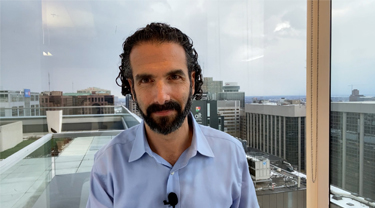Although we continue to keep a keen eye on the impacts of labour action and increased levels of geopolitical uncertainty, easing cost pressures have allowed for rapid disinflation worldwide, with more than half of the Organisation for Economic Co-operation and Development (OECD) now at-or-below 4% annual inflation. Inflation rates in Canada and the U.S. have fallen dramatically from their 2022 peaks, and are now approaching target.
This commentary is presented for informational purposes only. It’s not intended to be a comprehensive or detailed statement on any subject and no representations or warranties, express or implied, are made as to its accuracy, timeliness or completeness. Nothing in this commentary is intended to provide financial, legal, accounting or tax advice nor should it be relied upon. EDC nor the author is liable whatsoever for any loss or damage caused by, or resulting from, any use of or any inaccuracies, errors or omissions in the information provided.







